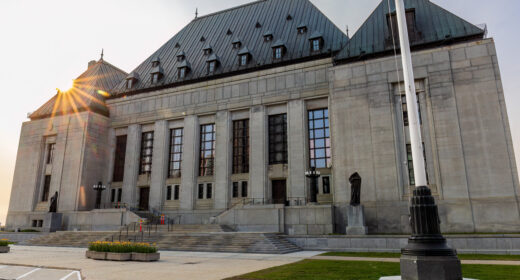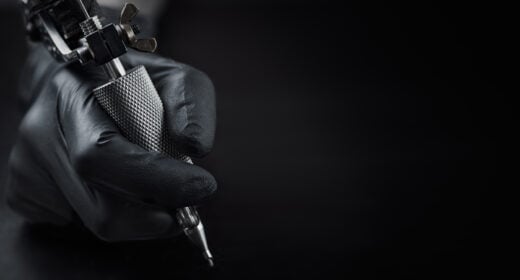In a courtroom drama that could rival a Warholian masterpiece, the Andy Warhol Foundation and photographer Lynn Goldsmith have finally put their legal paintbrushes down, reaching a colorful settlement that’s sure to leave both sides seeing the world through a different lens.
Visualize the iconic Prince silkscreen series, a kaleidoscope of creativity born from a single photograph captured by Goldsmith. Commissioned by Vanity Fair in the flashy ’80s, it was intended as a one-time splash. However, Warhol, always the avant-garde artist, transformed it into a symphony of silkscreen sensations. It adorned gallery walls, pirouetted through museums, and graced coffee tables in books faster than you could utter, “15 minutes of fame.”
But as the colors of success swirled around Warhol’s canvas, Goldsmith felt like she’d been left out of the frame. She may have handed Vanity Fair the keys to her photographic kingdom, but she hadn’t signed up for the Warholian remix. So, when Prince’s untimely exit prompted a resurrection of the original article alongside a commemorative Conde Nast magazine featuring the full Prince Series, Goldsmith saw red—and not just any red, but a vibrant, copyright-infringement red.
Last summer, in the case of ANDY WARHOL FOUNDATION FOR THE VISUAL ARTS, INC. v. GOLDSMITH ET AL., the Supreme Court (SCOTUS) upheld the decision of the U.S. Court of Appeals for the Second Circuit. They ruled that Andy Warhol’s use of a photograph by Lynn Goldsmith for a magazine cover featuring Prince was not fair use. This decision required further proceedings in line with the court’s findings.
Now, the parties have decided to settle the case. The Warhol Foundation has agreed to pay photographer Lynn Goldsmith $21,000, including a $10,250 license fee and the remainder for her court costs.
In the legal arena, a dramatic showdown ensued, with the Supreme Court emerging as the ultimate judge of artistic freedom. And behold, the gavel descended in Goldsmith’s favor, with the Court emphasizing that, even amidst artistic brilliance, copyright infringement is no mere stroke of the brush.
In a twist worthy of a Warholian plotline, the Foundation, while respectfully disagreeing with the Court’s ruling, has agreed to pay Goldsmith a princely sum—$10,250, to be exact. Add in court costs, and you’ve got yourself a financial masterpiece totaling over $21,000. It’s enough to make any struggling artist reconsider their career choices and perhaps dabble in the world of copyright law instead.
But let’s not forget the moral of this modern-day fable. In the ever-evolving landscape of art and law, there’s room for both creativity and copyright protection. After all, while imitation may be the sincerest form of flattery, it doesn’t pay the bills—or in this case, the court costs.
So, as the dust settles on this legal canvas, let’s raise a glass to Goldsmith, to Warhol, and to the colorful tapestry of artistic expression. And who knows? Maybe somewhere up above, Prince himself is smiling down, amused by the sheer audacity of it all.




